European Research Projects
Device Gateway team is closely anchored in the IoT research community. It supports the transforming of cutting-edge technologies from the research community into reliable products and solutions. Device Gateway is currently working in two H2020 European research projects:


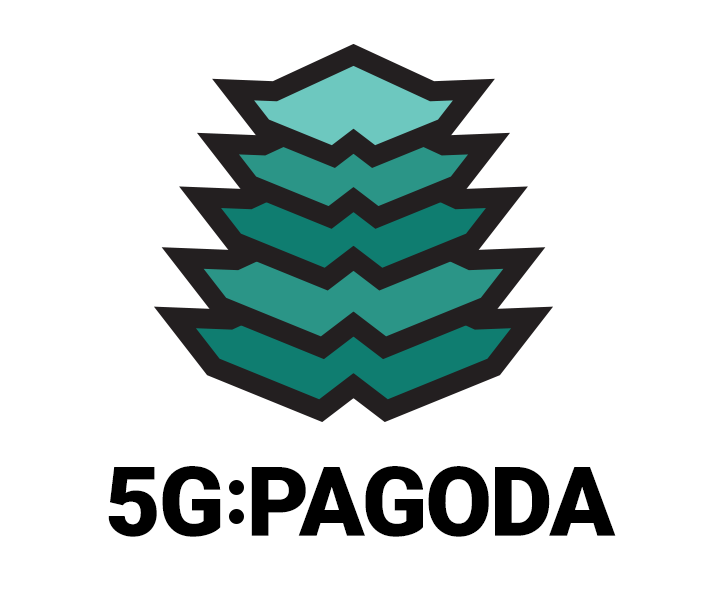
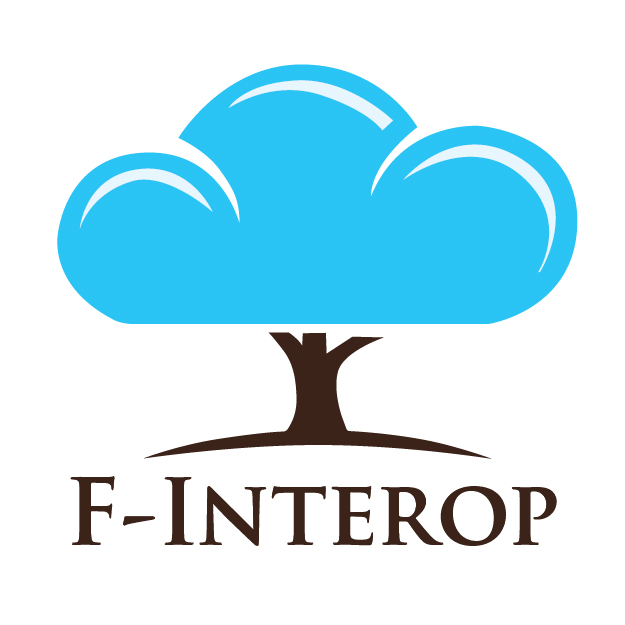


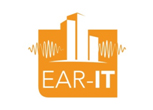
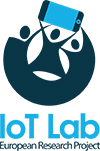
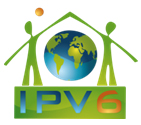

SYNCHRONICITY
SynchroniCity is the European Large Scale Pilot on the Internet of Things for Smart Cities. It brings together 34 partners from 11 countries, including 11 cities from 3 continents: Milano, Helsinki, Manchester, Santander, Eindhoven, Porto, Antwerpen, Carouge, Portland (US), Seongnam (Korea), and Leon (Mexico). It is in charge of developing open reference architecture and an ecosystem for IoT-enabled smart city solutions. It will also contribute to integrate together the Open and Agile Smart Cities alliance, FIWARE, and the Urban Platform of EIP-SCC into an interoperable framework. Actively engaged in standardization processes (ITU, ETSI, IEEE, OMA, IETF, etc.), Synchronicity will also establish the basis of an integrated digital market for smart cities. Device Gateway is engaged in Synchronicity through the UDG Alliance, which leads the integration of heterogeneous IoT, the privacy by design integration of the City of Carouge, and the development of the IoT marketplace.
ANASTACIA
ANASTACIA is a European research project on cyber-security developing a holistic model of trust and security by-design for Cyber Physical Systems (CPS) based on IoT and Cloud architectures. The heterogeneous, distributed, and dynamically evolving nature of Cyber Physical Systems (CPS), Internet of Things (IoT) and cloud architectures introduces new and unexpected risks that cannot be solved by current state-of-the-art security solutions. ANASTACIA develops a trustworthy-by-design security framework which encompasses all the phases of the ICT Systems Development Lifecycle (SDL) and which is able to identify threats and take autonomous decisions in real time. It leverages on Software Defined Networking (SDN) and Network Function Virtualisation (NFV) with intelligent and dynamic security enforcement and monitoring methodologies and tools. Another key focus of the project is to develop a real time privacy and security seal.
5G ! Pagoda
5G!Pagoda is a joint research project between Europe and Japan to develop 5G technology for future mobile networks. It develops a dynamic network slice management and virtual infrastructure based on SDN/NFV to support the deployment of highly customized virtual network functions. 5G!Pagoda is federating 5G testbeds from Japan and Europe to enable and validate dynamic creation and management of network slices for diverse mobile services with direct impact on standardization. Pagoda aims at establishing long-term research collaboration between leading industry players, top research institutes and universities in Europe and Japan, including: Deutsche Telekom, Orange, Ericsson, HITACHI, KDDI, NEC, Fraunhofer Fokus, Aalto University, Eurecom Institute, Mandat International, Device Gateway, University of Tokyo, and Waseda University. Device Gateway is the lead partner for heterogeneous IoT integration and IoT testbed integration. It will lead the development of prototypes for representative applications within the 5G networking environment, including the development of M2M and a human connectivity use cases, with a Software as a Service (SaaS) orientation.
F-Interop
F-Interop is a European research project developing online interoperability and performance testing tools for the Internet of Things. It develops a testbed as a service encompassing 32 testbeds and over 4’500 motes all over Europe. It supports IoT standardization and the industry, in close cooperation with the ITU, ETSI, W3C, IETF, oneM2M and the IPv6 Forum and is supporting the standardization of OneM2M , 6TiSCH (IETF) and the Web of Things (W3C). Device Gateway is the lead partner of the project on heterogeneous IoT integration and IoT network visualization. The project gathers partners such as the European Telecommunications Standards Institute (ETSI), the University Pierre and Marie Curie, the University of Luxembourg, the Inria (Institut National de Recherche en Informatique et en Automatique), the European Advanced Networking Test Center AG, and the Interdisciplinary Institute for Broadband Technology (iMinds). It benefits from a strong advisory board, including the International Telecommunication Union (ITU), Thales, Cisco, Hewlett Packard, World Wide Web Consortium (W3C), Consumer Electronics Association (CEA), IPv6 Forum, GEANT association, ARTEMIS Industry Association, Internet Engineering Task Force (IETF) CoRE and ROLL Working Groups, European Technology Platform on Smart Systems Integration, UNH - InterOperability Laboratory, Nephos6, and Berkeley Sensor and Actuator Centre.
The Universal Device Gateway (UDG) framework project was initiated by a consortium of Swiss partners, including SMEs and academics. The project successfully developed an innovative solution to enable interoperability among heterogeneous devices using different communication protocols and standards, such as: ZigBee, KNX, Bluetooth, X10, RFID, USB, GSM/GPRS, UPnP, and WiFi. Since then, the technology has been successfully used by several European research projects. The platform is open to cooperation with other academic and/or industrial partners, and is actively supported by Device Gateway. Here are a few examples of research projects having used the UDG technology:

Hobnet
HOBNET is a European research project exploring the potential of IPv6 to improve energy efficiency and building automation, with a particular focus on wireless sensor networks. The project includes developments related to interoperability and standardization. The UDG technology was used to integrate legacy devices and actuators into a RESTful architecture based on CoAP.
IoT6
IoT6 is a European research project on the future Internet of Things. It aims at exploiting the potential of IPv6 and related standards (6LoWPAN, CORE, COAP, etc.) to overcome current shortcomings and fragmentation of the Internet of Things. Its main challenges and objectives are to research, design and develop a highly scalable IPv6-based Service-Oriented Architecture to achieve interoperability, mobility, cloud computing integration and intelligence distribution among heterogeneous smart things components, applications and services. The UDG technology was successful used to research the potential of legacy protocols integration into IPv6.
EAR-IT
EAR-IT is a European Research project exploring the potential of audio sensing to improve emergency detection and energy efficiency in green buildings and smart cities, including the smart city of Santanders in Spain. The UDG technology was used to enable environmental adaptation based on audio events recognition.
IoT Lab
IoT Lab is a European Research project exploring the potential of crowdsourcing in the Internet of Things and for research labs. The UDG technology is used to interconnect heterogeneous actuators in testbeds, including smart office environments.
